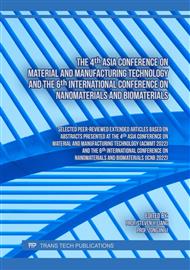p.1
p.13
p.19
p.31
p.37
p.45
The Effect of Antimicrobial Additive on Plastic Deterioration
Abstract:
The Covid-19 virus, which started in 2019 and has taken the whole world under its influence has negatively affected normal living conditions and accordingly, increased awareness to prevent anti-microbial diseases transmitted by contact. In almost all sectors, precautions have been taken considering the transmission of diseases by contact. As a requirement of our age, they enrich their product ranges by developing new methods and making innovations for companies whose sector is dominated by industrial locks, hinges, and handles, both in terms of hygienic product design and in terms of the raw material of the part used in production. For example, it is preferable that the products in the air-conditioning sector have anti-microbial properties. The evaluation of the effect of microorganisms on plastic raw materials and the determination of whether this effect causes future deterioration in plastic materials has been examined in our article. Currently, the products supplied to the sectors are products produced from raw materials such as PA6 GFR30, ABS, PA6, which are available on the market. It is aimed to provide anti-microbial properties of products in accordance with the needs of the sector and the era by changing the raw material used or adding additives in certain proportions to the raw material.
Info:
Periodical:
Pages:
45-50
Citation:
Online since:
June 2023
Authors:
Permissions:
Share:
Citation:



